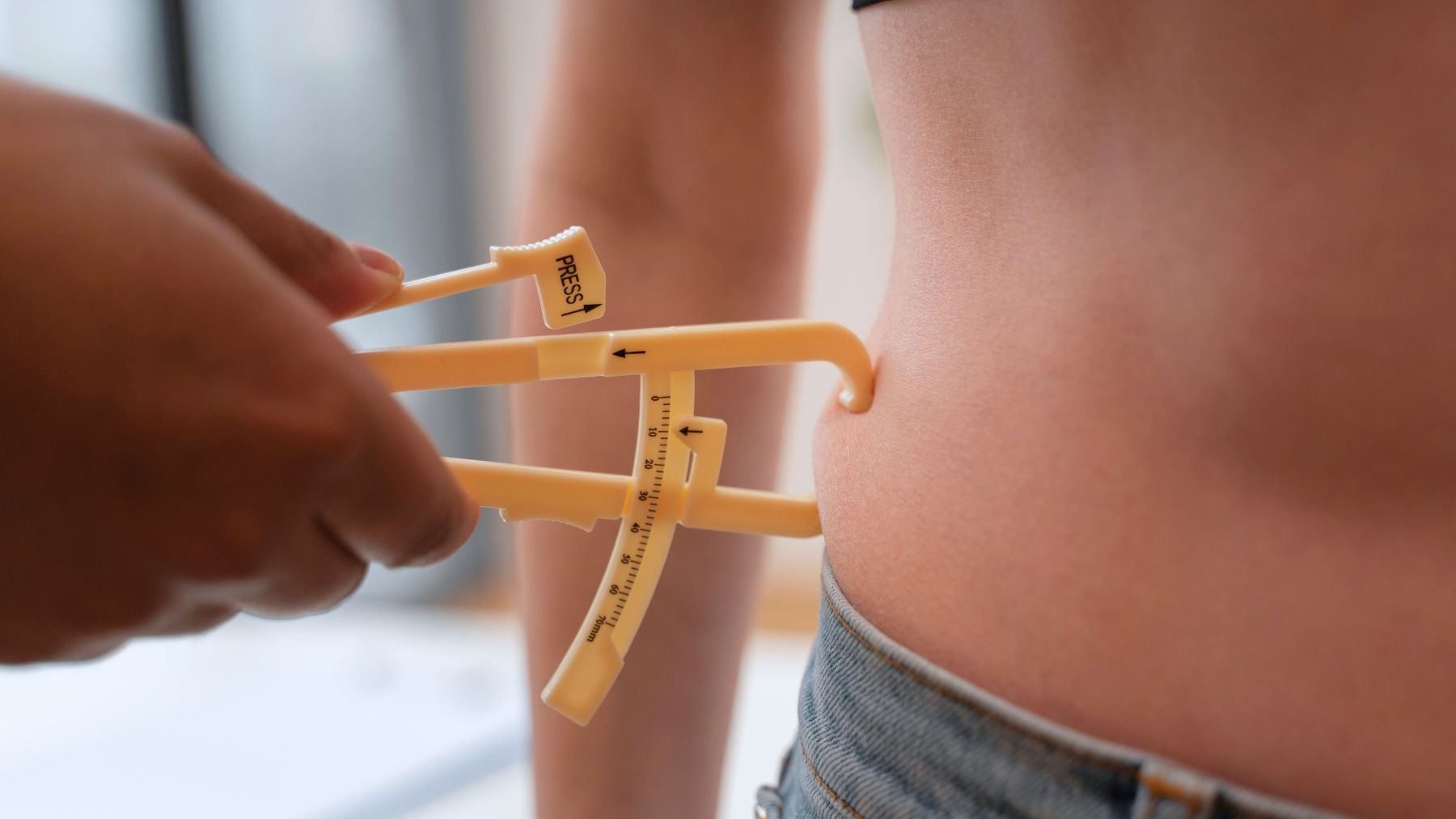You’ve done the hard part—the workouts, the meal planning, the lifestyle changes—and the number on the scale finally reflects your effort. But now you’re facing another challenge: loose, sagging skin that won’t tighten up, no matter how many planks or push-ups you do.
According to certified personal trainer Paige Waehner, loose skin after major weight loss is common, especially for people who’ve lost 100 pounds or more or lost it quickly. The skin stretches over time and doesn’t always bounce back once the fat underneath is gone. Here, we’ll break down what affects your skin’s elasticity, what you can realistically do to tighten it, and the steps experts recommend to help your body adjust to its new shape.
How to tighten loose skin after weight loss
The first thing to understand is that your skin needs time. When you lose weight, especially fast, your skin doesn’t always shrink at the same pace. Factors like age, genetics, and how long you carried extra weight all play a role. As you get older, you naturally produce less collagen and elastin, two proteins that keep the skin firm and stretchy. So if you’ve been overweight for many years, it may have a harder time snapping back.
Experts say slow, steady weight loss gives your skin a chance to adjust. Losing about one to two pounds a week allows your body to shed fat without overwhelming its ability to tighten up. Rapid loss, such as after weight loss surgery, often leaves more excess skin because the process doesn’t give the tissue enough time to adapt.
If you’re already at your goal weight, there are still ways to improve your skin’s appearance. Regular exercise helps by increasing blood flow and building lean muscle, which can fill out loose areas and give your body a more toned look. Strength training is especially useful since muscle adds definition beneath the skin. Cardio is also important because it supports circulation and helps maintain weight stability.
Nutrition matters, too. Eating foods rich in vitamin C, vitamin E, zinc, and healthy fats contributes to collagen production and overall skin health. Staying hydrated is equally important, as dry, dehydrated skin loses elasticity faster. Some people notice small improvements from topical creams with ingredients like retinol or hyaluronic acid, though these won’t replace medical treatments.
For significant sagging, body contouring surgery is the most effective option. It removes excess skin from areas like the abdomen, thighs, and arms. However, Waehner notes that surgeons usually recommend waiting at least a year after weight loss before considering surgery to ensure your weight has stabilized.
More ways to help your skin bounce back
If surgery isn’t on your radar, there are other ways to care for your skin while it heals and tightens:
- Be patient. Skin recovery can take months or even years. Continue exercising and maintaining a balanced diet to give your body time to adjust.
- Protect your skin from the sun. UV damage breaks down collagen and makes loose skin worse. Use sunscreen daily and limit direct exposure.
- Avoid smoking. Smoking speeds up the skin’s aging process, reducing elasticity and blood flow.
- Get enough protein. Collagen is made from amino acids, which come from protein-rich foods like eggs, fish, chicken, and legumes.
- Moisturize daily. A good moisturizer or body oil can improve the skin’s texture and make it feel firmer and smoother over time.
Loose skin can be frustrating after working so hard to lose weight, but it’s also a sign of real change. Your body went through a major transformation, and your skin is simply catching up. Focus on steady progress, not perfection.

